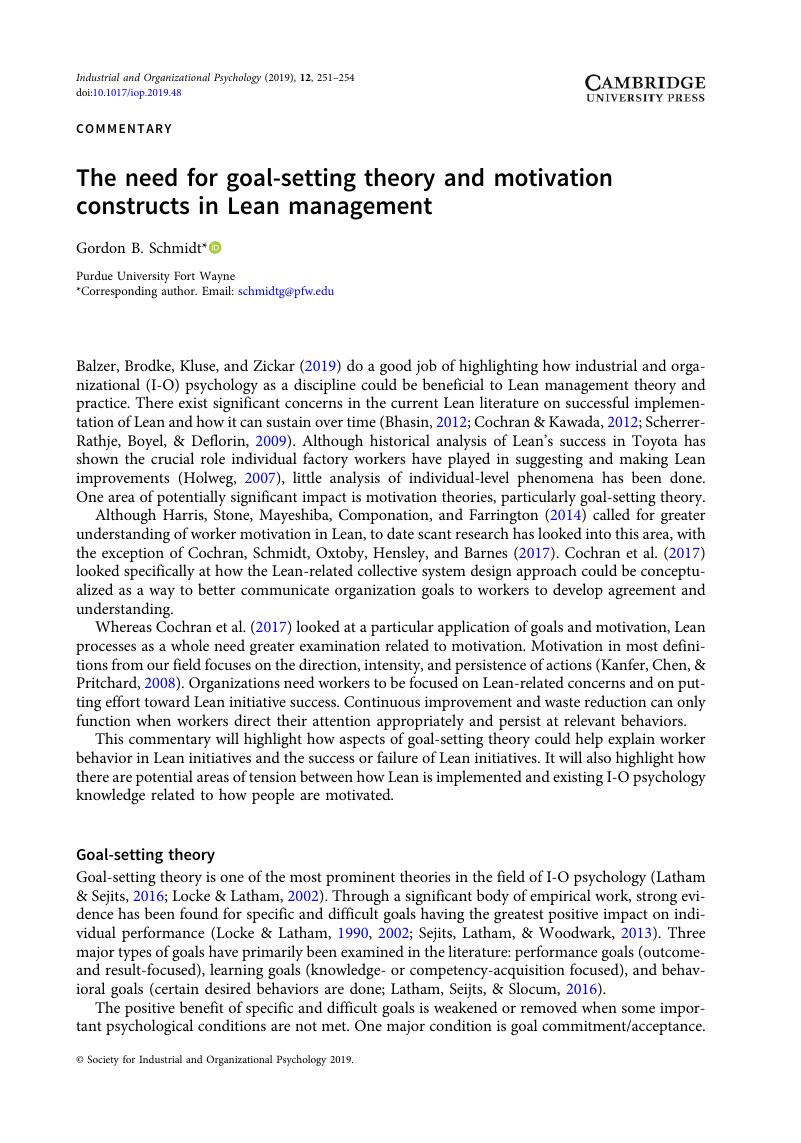Crossref Citations
This article has been cited by the following publications. This list is generated based on data provided by Crossref.
Silvério, Leandro
Trabasso, Luís Gonzaga
and
Pessôa, Marcus Vinicius Pereira
2020.
Application Phases for Productivity Improvement through Lean Methods Assessments in an Aeronautical Company – Case Study.
IOP Conference Series: Materials Science and Engineering,
Vol. 859,
Issue. 1,
p.
012020.
Isoda, Mayuka
and
Kondo, Akiko
2022.
Japanese Nursing Students’ Motivations and Learning Needs Regarding Studying English: A Cross-Sectional Study.
Sage Open,
Vol. 12,
Issue. 2,
Marjerison, Rob Kim
and
Kim, Jong Min
2022.
MSE Response during Times of Crisis: The Roles of Budgeting Micro Functions and Guanxi.
Sustainability,
Vol. 14,
Issue. 17,
p.
10990.
Franken, José C. M.
van Dun, Desirée H.
and
Wilderom, Celeste P. M.
2024.
Kaizen Event process factors for operational performance improvement: an archival study.
Production Planning & Control,
p.
1.
Anderson, Edward G
and
Chandrasekaran, Aravind
2024.
How to Sustain Healthcare Process Improvement in Heterogenous Teams? Evidence from a Systems Dynamic Model.
Production and Operations Management,
Vol. 33,
Issue. 4,
p.
880.
Zhu, Wenlong
Wang, Xinmiao
Yang, Yong
and
Miao, Jijun
2024.
When more or less? The role of two types of flow experiences in creative teaching.
Thinking Skills and Creativity,
p.
101676.



